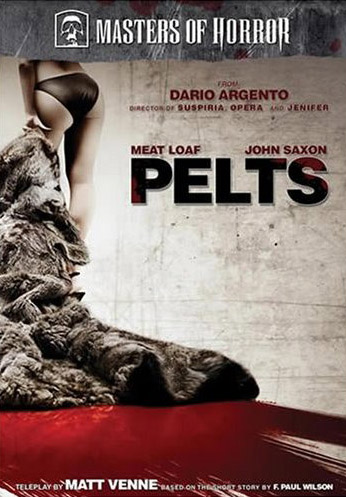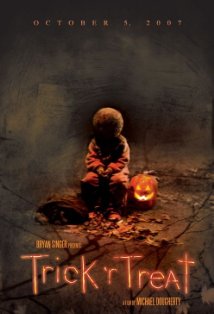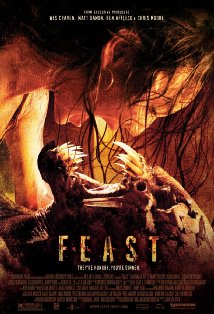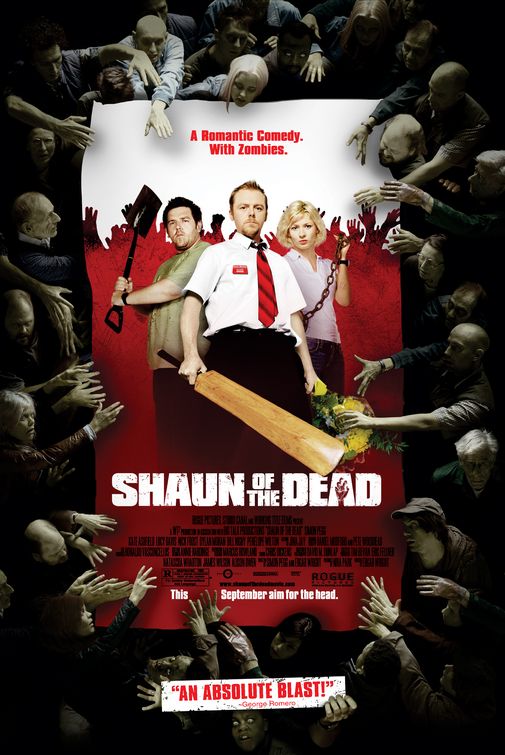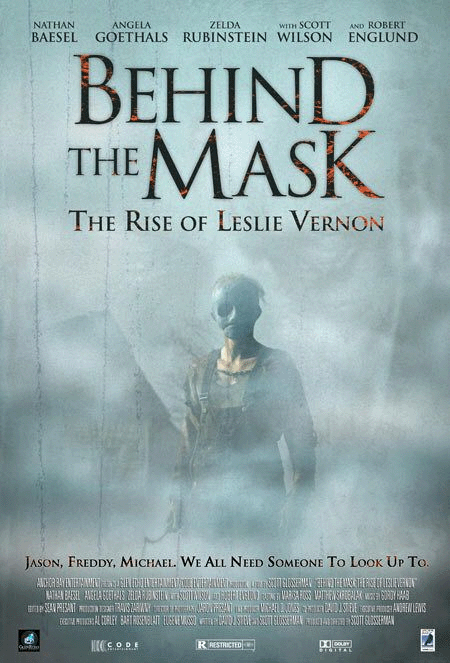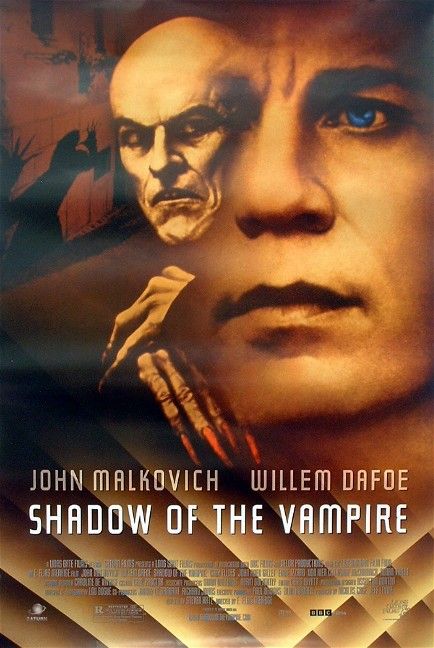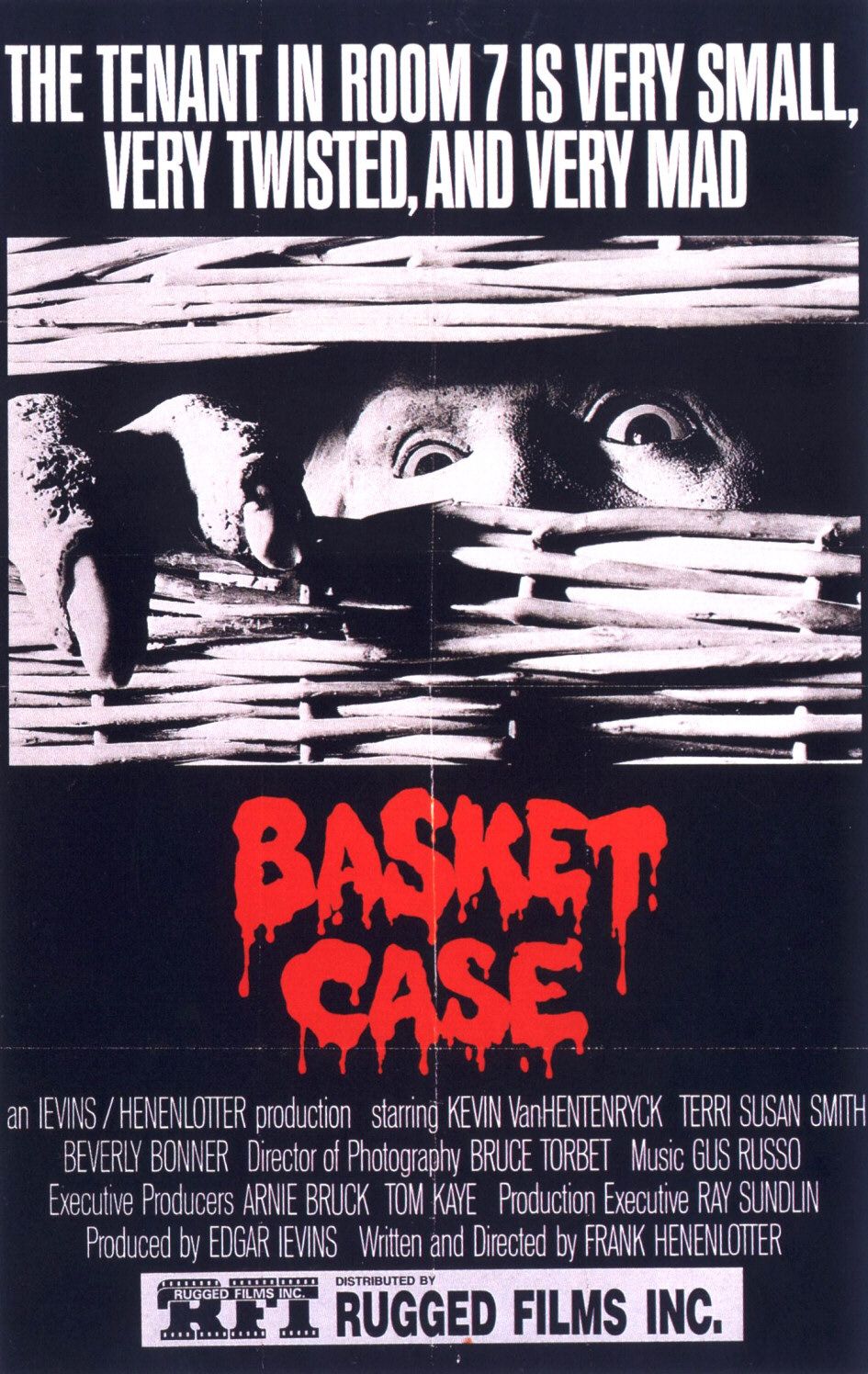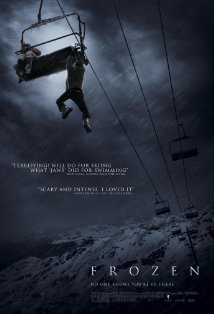Starring: Vegar Hoel, Stig Frode Henriksen, Charlotte Frogner Directed by: Tommy Wirkola
 Winter is pretty scary. I mean, even the holiday favorite "Let It Snow" quickly admits that the weather outside can be frightful.
Winter is pretty scary. I mean, even the holiday favorite "Let It Snow" quickly admits that the weather outside can be frightful.
That's nothing compared to having the scenic mountainscape outdoors crawling with Nazi zombies. The hills are literally alive with the sound of typical grunts and moans of the walking rotten. It's even worse when they can break through the flimsy walls of your cabin and making the party indoors the antithesis of delightful.
The Norwegian film Død Snø (Dead Snow for you English speakers out there) is the perfect formula horror film. A co-ed group of medical students head up to a remote mountain cabin for a beer-soaked Easter holiday weekend. There is one snowmobile among them; everyone else has to follow the tracks after Vegard (Lasse Valdal) rides ahead. He is the only one who knows the way to the cabin, which belongs the parents of his girlfriend, Sara.
As the characters make the 45-minute walk to the cabin and realize they are without cell phone service, they begin speculating on how many movies start out this way, citing Friday the 13th, Evil Dead, and several others. What really struck me as funny about this, and multiple other movie references throughout the film, is they are spoken in English. I guess we go around saying "Hasta la vista, baby," and other such phrases, but it is always a little weird to be reading my movie and all of a sudden hearing the words rather than a torrent of Germanic speech.
Regardless, the stage is set for a random visitor (Bjørn Sundquist) that shows up at the cabin on the first night. It is not Sara, who was supposed to ski in earlier to meet them. Instead, there is a rugged man at the door who asks for a cup of coffee, insults it, then launches into a tale about how a group of cruel Nazi soldiers inhabited the town below the mountains and stole valuables from the locals before the citizens turned against them. Apparently the wily Colonel Herzog and some of his soldiers escaped into the mountains…but likely froze to death. But the mountains are still an evil place, and the partying students are not giving it the proper respect.
Of course as soon as he takes his leave, it's back to European heavy metal and pilsner. However…anyone taking a quick trip to the outhouse knows there's something lurking in the woods that could slit your throat or tear out your intestines without blinking a bulging eye.
By the next day, fearless leader Vegard takes the snowmobile to go search for Sara, leaving the car keys with the others in case he doesn't come back. With that vote of confidence plus their finding a box of gold coins and jewelry (presumably the Nazis' stolen treasure) they are ripe for a confrontation.
What is awesome about the next ~40 minutes of the movie is how all the familiar conventions of the typical and campy horror flick are employed, but in no way does this detract from the excitement. The chases are thrilling – these aren't typical shambling mindless zombies, they are strategic and quick. They know the landscape better than you. They don't get tired from running around in the snow like a frightened animal (and they sure aren't frightened by these mere humans).
These students are no slouches though in trying to preserve their lives. One puts his medical training to use by creating impromptu stitches with materials found in an ordinary tackle box. One creates a mini avalanche to try and bury one of the zombies before it gets close enough to bite. One blows up a bunch of zombies with their own grenade – despite his (or her) intestines being strewn about the snow.
Will any of the students survive? Will Colonel Herzog gloat over the scattered corpses of the students, gloating "I'll be back" to terrorize again? I highly recommend you watch this movie and find out.
Written by Jennifer Venson


